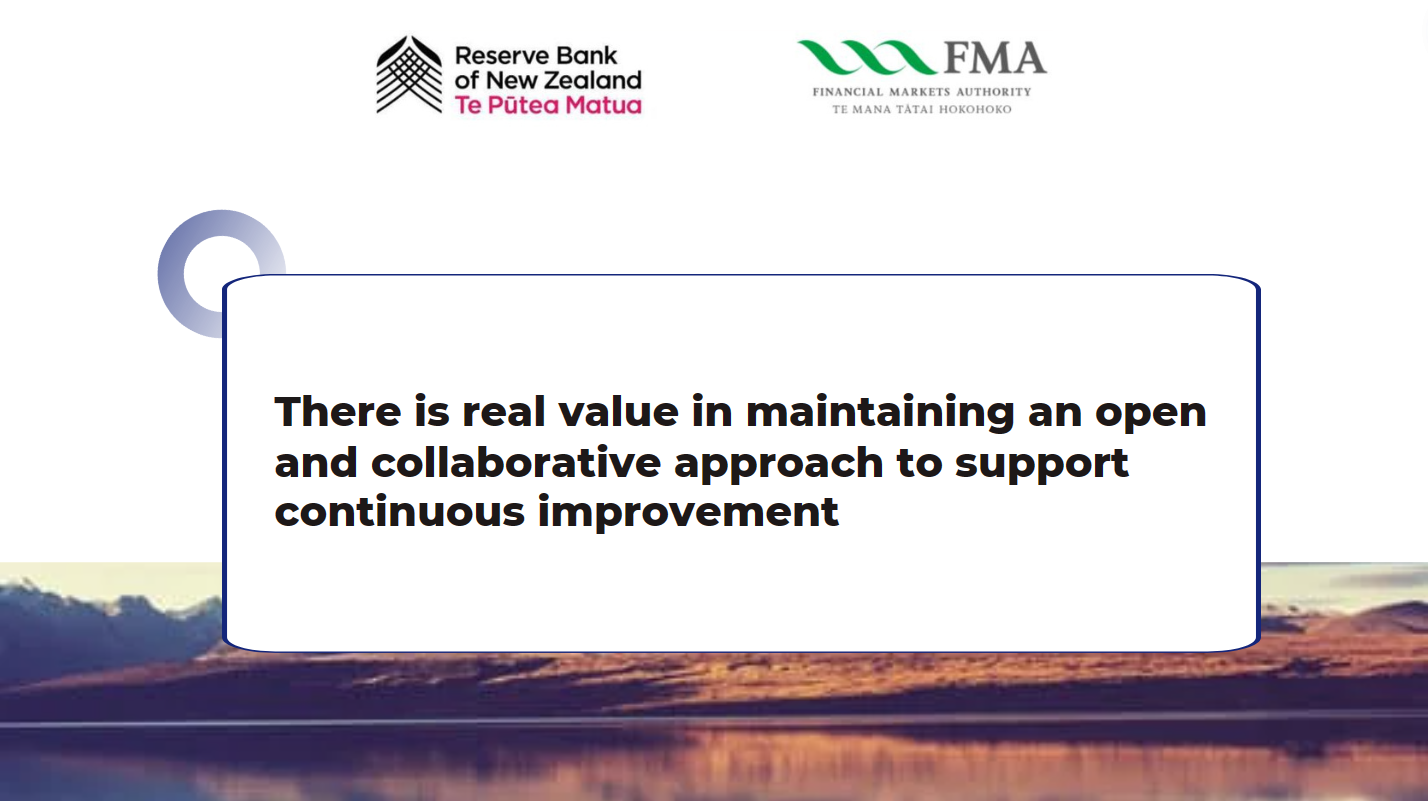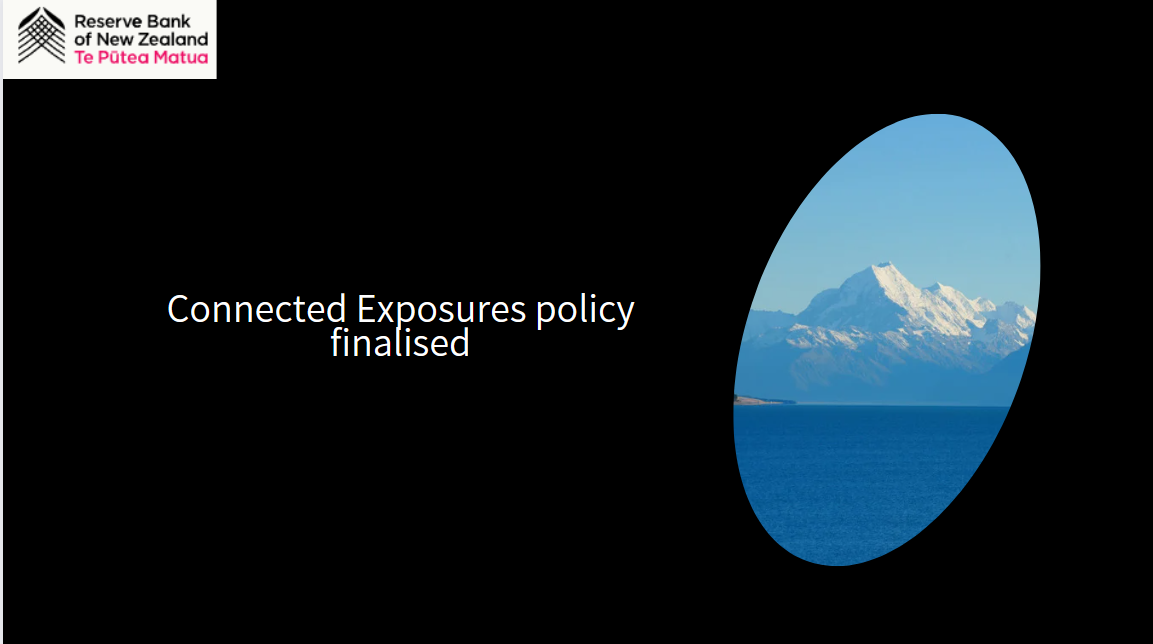Liquidity: one word, three meanings
In a speech delivered at the ANZ-KangaNews New Zealand Capital Market Summit in Auckland, Karen Silk explained how these forms of liquidity interact with one another and how efforts to improve some can have an adverse effect on others.
About the speech
She discussed 3 meanings of the word liquidity:
- Funding liquidity: how well banks are funded and their ability to meet their financial obligations as they fall due
- System liquidity: the amount of settlement cash in the banking system
- Market liquidity: how easy it is to transact in markets without moving prices.
In discussing funding liquidity, she provided an update on our Liquidity Policy Review, which is currently underway, noting that key decisions on the Review will be forthcoming by the end of this year.
The objective of the prudential liquidity policy is to strengthen financial stability by lowering the likelihood of liquidity problems affecting banks and improve their ability to manage such problems.
"There are trade-offs to consider in formulating this policy,” Karen Silk says.
“As a ‘full service’ central bank we wear multiple hats. As prudential regulator we seek a strong, efficient, and inclusive financial system, with a low incidence of failure of regulated entities,” she says.
Under our Financial Policy Remit, we must also have regard to other considerations, including encouraging the allocation of financial resources in a way that maximises the sustainable long-term growth of the New Zealand economy.
“We recognise that a well-functioning capital market that meets the needs of borrowers and investors is key to this."
The speech also discusses the importance of the liquidity of the financial system - the amount of cash in the banking system. In New Zealand this is known as the Settlement Cash Level (SCL), elsewhere called the level of bank reserves. As Additional Monetary Policy (AMP) tools continue to unwind over the next few years, we can expect the SCL to decline.
Our staff are considering the future management of system liquidity in both business-as-usual and crisis settings, drawing on the experience of actions taken to support market functioning during COVID-19. “There is more to be learned about where the sufficient level of settlement cash is and how it changes over time,” Karen Silk says.
The third form of liquidity discussed, market liquidity, effectively describes how easy it is to trade in a reasonable timeframe, at a reasonable cost, without moving the price.
There have been long-standing and well-publicised concerns about market liquidity in fixed income markets around the world in the years since the Global Financial Crisis (GFC).
“We would welcome any industry-led efforts that would shed light on market liquidity in New Zealand and lead to improvements in market functioning,” Karen Silk says.
Disclaimer
This speech is not a Monetary Policy Committee communication and contains no guidance on the future path of monetary policy. The latest views of the MPC can be found in our recently published Monetary Policy Statement.
About the liquidity policy review
We are undertaking a comprehensive review of our liquidity policy (BS13), known as the liquidity policy review. The objective of our liquidity policy is to strengthen financial stability by lowering the likelihood of liquidity problems affecting banks and improving their ability to manage such problems.
The consultation period for our second consultation (C2) closed on 12 May 2023. Two key issues being considered in C2 are whether to adopt the Basel Committee on Banking Supervision (BCBS) liquidity metrics in place of our current liquidity metrics, and whether we should tighten the eligibility criteria for liquid assets under our policy.
Following the release of our decisions on C2 issues, we intend to issue a third consultation paper (C3) in Q2 of 2024 on additional policy issues, such as liquidity requirements for small deposit takers and potentially for branches.























































First, please LoginComment After ~